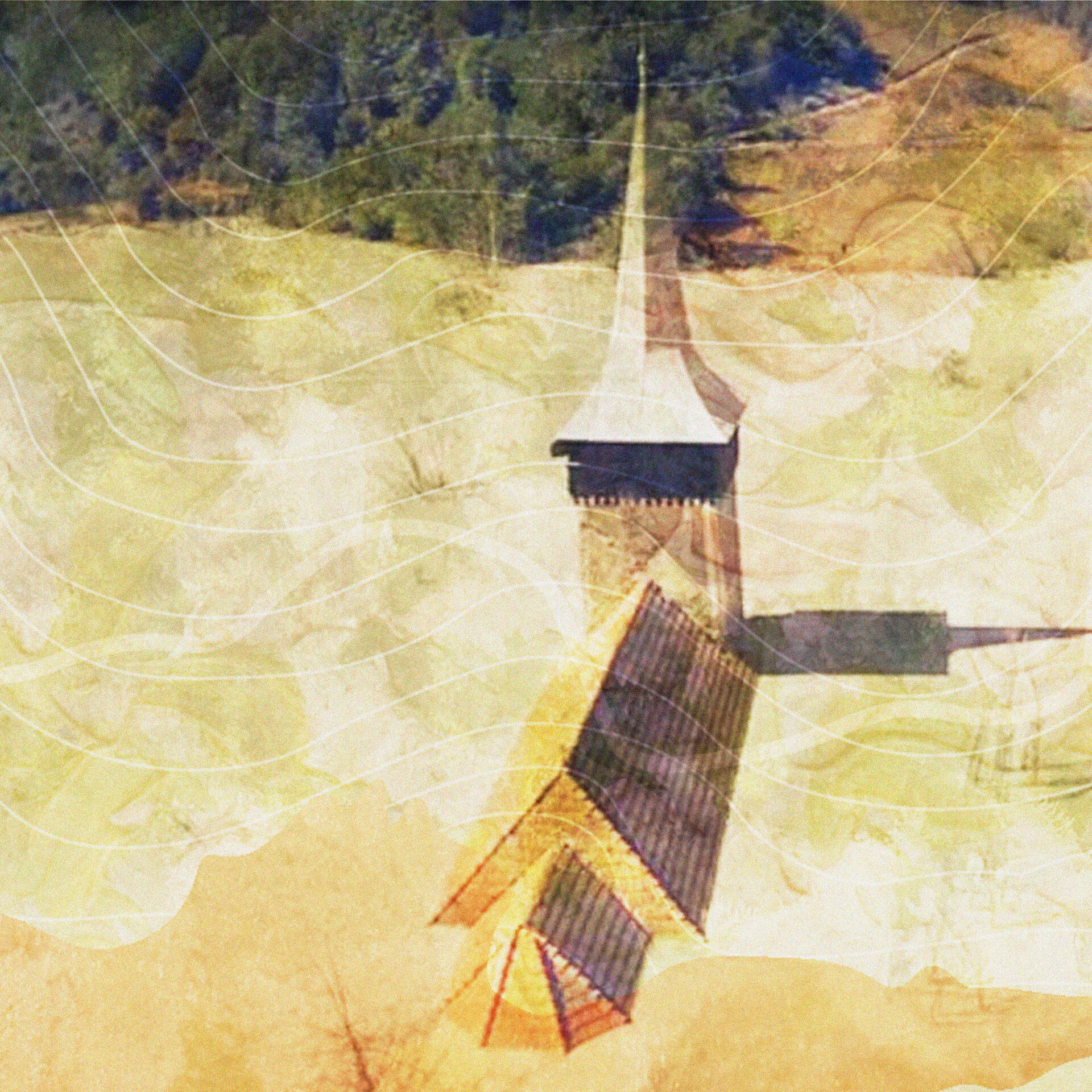
Drama Memorial
Authors’ Comment
Behind any architectural intervention there is or should be a research-based endeavour that aims to provide a deep understanding of the context; because it exists or should exist regardless of the will of the architect. The nature of the present is always determined by a “yesterday”, that is, by a past that we look into in order to find answers to the questions we pose in our undertakings. The search for the most suitable architectural gesture begins with an inquiry. An inquiry that reveals more uncertainties, until everything comes together. It is intuition that leads to an (architectural) answer; the latter comes as a material form of the point in the journey, and can always be challenged, as it bears the mark of the subjectivity of the interpretation. This inevitably puts the answer under the sign of possibility rather than certainty. The existing context therefore influences the architectural object which will in turn be influenced by it. Concerning usage and memory some places risk becoming “non-places” by being forgotten, unused or even disappearing. Geamăna village is one of them, and this project aims to unveil a potential future for it, and if not its own, at least of the elements that keeps it alive - its memory.
Walking on the path of intuition, the diploma project will save at least a piece of Geamăna, if not by concrete realization, at least by intention whilst raising some problems of moral nature. The route goes beyond the project acquiring a metaphysical significance; it represents a way of discovering deep facets of architecture, beyond function and form, for the architect at the beginning of the road.
- Beyond the ruin. The conversion of the former tobacco warehouse of Isaccea
- Balneo-physio-therapeutic recovery center. Extension of Sylva Villa, Băile Govora
- Shelter with dignity
- The Bucharest City Loop
- Fort 13 Jilava. Political repression museum and research center
- Activating industrial premises – Student Center
- Hotel at Capidava
- Palaeontology research and visitor center – Hațeg District
- Memorial for the jews of Bukovina
- Agri-Park on the Nikolics domain
- Johann Michael Haydn Music Institute
- Creative Industries Factory in London
- Urban Cistern, Amman
- Refunctionalization and extension of the former sanatorium for border guards, Herculane Baths. Centre for body-mind treatment and accomodation
- “Țara Hațegului” International UNESCO Geopark. Fragments. Territorial diversity path
- The Roundhouse: built heritage academy
- Equestrian center of recovery and leisure on the former racecourse of “Nicolae Romanescu” park
- House of Movement. Ballet school and performing arts center in Bucharest
- Lacustrine Resort. The Danube River at Corabia
- Ludoteca
- Extension of the Baths ensamble, Băile Govora
- Drama Memorial
- New Public Architecture as Infill in Historical Context, Bucharest
- ECORIUM Local ecosystem research center
- Artist in Residence – Nae Petrescu Houses – Plantelor Street No. 56-58
- Extention of Public School of Arts and Crafts
- The Castle with Unicorns. Reactivation through school, arts and crafts of the Kornis Castle Ensemble in Mănăstirea Village
- House of games
- A New City Center – Conversion of the Pozzi Ceramic Factory, Laveno, Italy
- Urban Revitalization – Calea Moșilor
- Archaeological cultural center in the Constanta Peninsula
- Lapidarium. Extension of “Vasile Pârvan” Institute of Archaeology, Bucharest
- Pavilion complex within the “Măgura” sculpture camp, Buzău
- Recovery, revitalisation and insertion. Creative hub
- Integration through co-presence – Câmpulung Cultural Center
- C.U.B. Urban revitalization through social inclusion and cultural diversity
- Spatial Connections and Functional Conversion of Customs Warehouse, Bucharest
- ARTnEST – Performing Arts Center on Calea Victoriei
- Trauma and continuity – National Jewish museum, Victory Square, Bucharest
- Technological transformation hub
- The Enchanted Gardens of Ada Kaleh
- The revitalization of the Filipescu Park, Cultural Park Filipescu
- Terry Winery, Dragasani
- Mixed-function tower building (offices-hotel)
- Elca Market Square, Craiova
- The regeneration of Textila Factory
- Via Golden Quadrilateral. C Area. The Flow of Memory in Buciuman Cultural Landscape




















